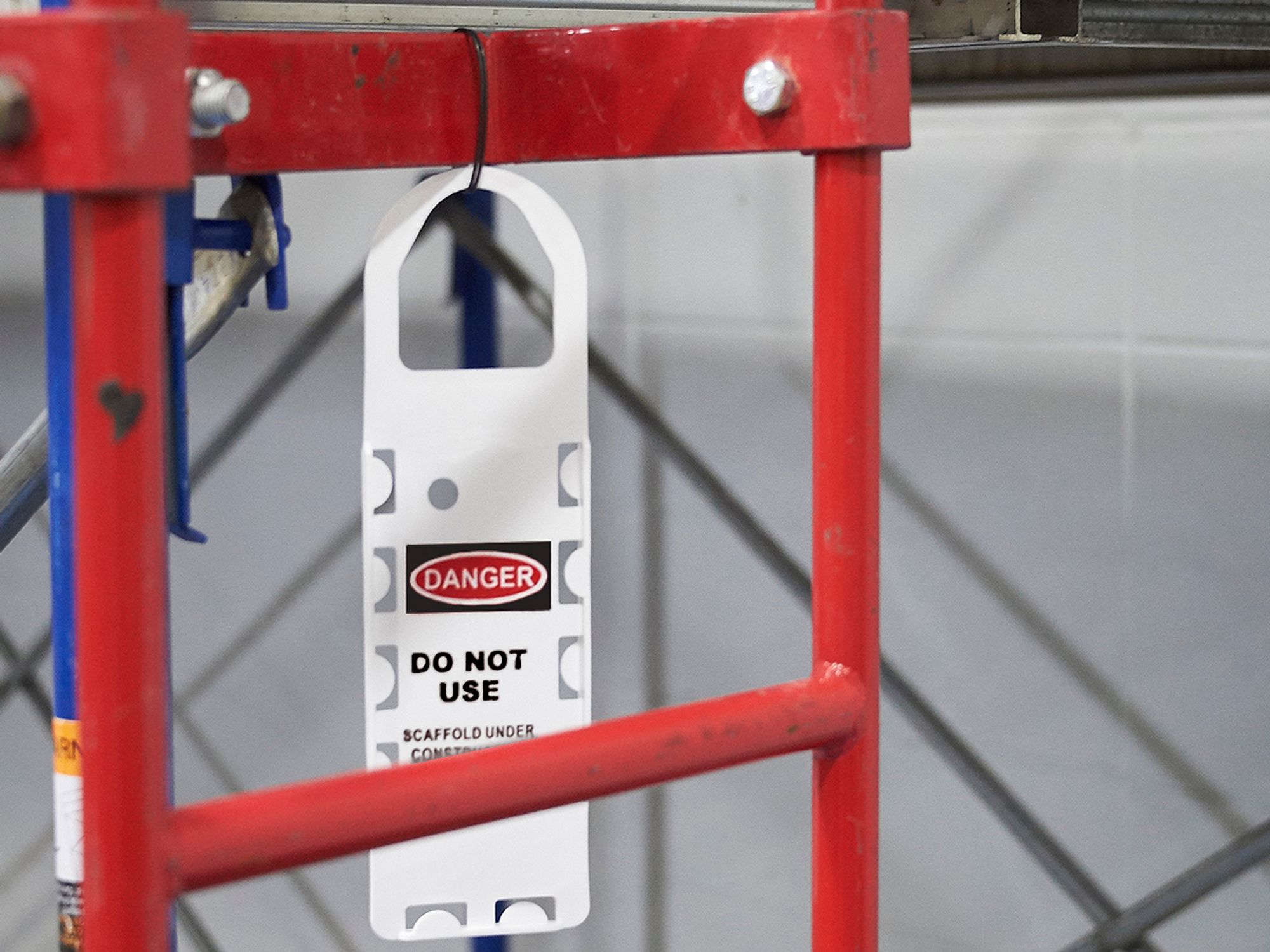Tag materials, location, and attachment
['Signs and Markings']

- Tag material must be able to tolerate its environment.
- A tag must be placed as close as possible to the respective hazard.
Tag materials
Tags are usually made of:
- Card stock
- Paper
- Pasteboard
- Plastic
- Other material
However, the tag must, according to the American National Standards Institute (ANSI), also be able to tolerate its environment, for as long as it is used.
Tag location and attachment
OSHA says tags need not be used where signs, guarding, or other positive means of protection are being used. Tags must also be affixed as close as safely possible to their respective hazards using string, wire, adhesive, or other positive means that prevents their loss or unintentional removal. ANSI adds mention of tagging equipment controls and using nylon ties.
